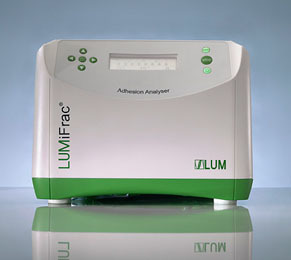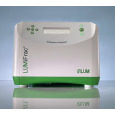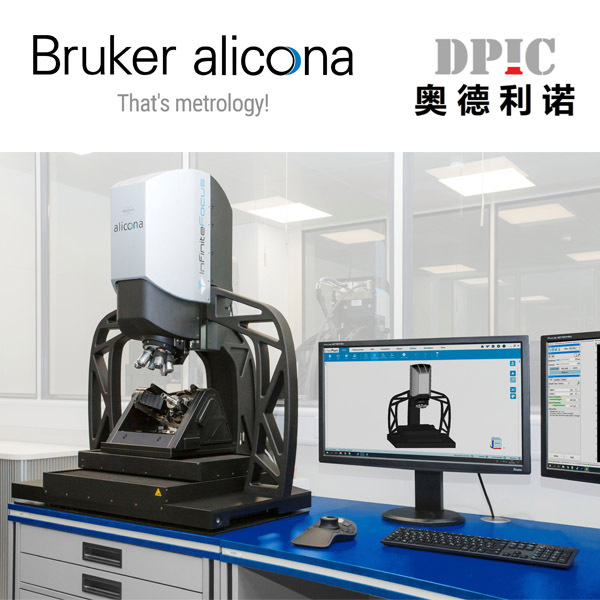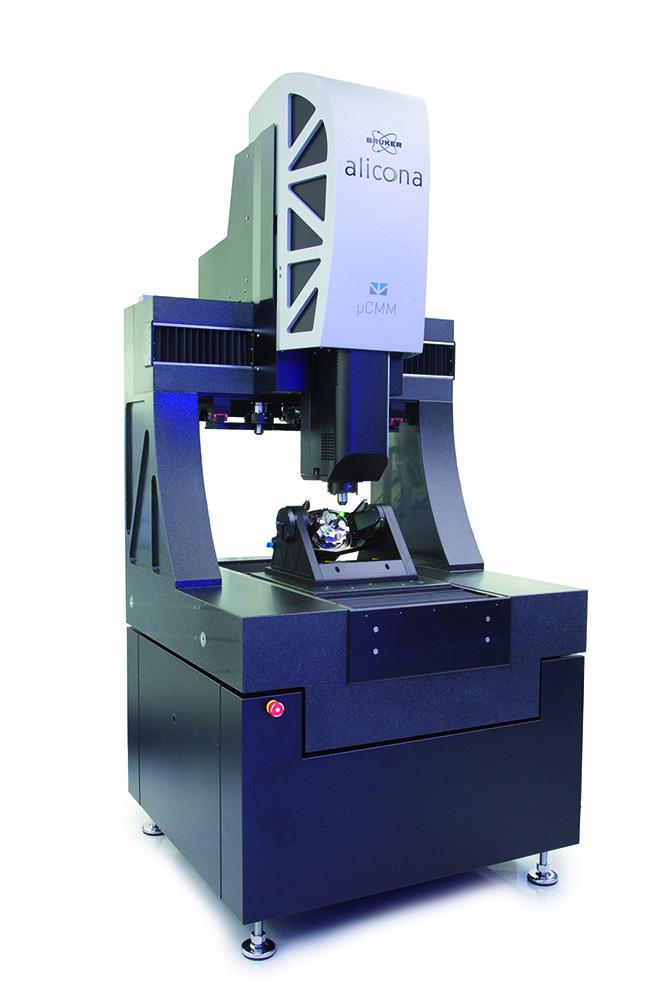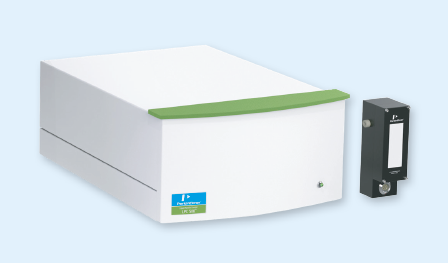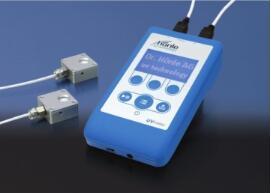本文介绍了用分析离心法定量测定抗拉强度和抗剪强度的新方法。
所有测量均采用cat技术(离心粘结力测试)进行。
CAT技术的测试原理利用前文已有介绍,请参阅:
https://mp.weixin.qq.com/s/pBTcyIsLE9LmnXv0WfFrIg(粘结力/附着力/粘结强度分析仪 Adhesion Analyser LUMiFrac®)
方案详情

Acknowledgement We gratefully acknowledge the support from German Ministry of Economics and Energy (MNPQ-project 14/14). New approaches for quantitative determination of adhesive tape properties using CAT-Technology (Centrifugal Adhesion Testing) U. Rietz1), Th. Lange2), S. Hielscher2), U. Beck2,D. Kavianpour3), D. Lerche1,3) BAM The Next STEP@ in Dispersion Analysis1LUM GmbH, Berlin/Germany 2)BAM Federal Institute for Materials Research and Testing, Berlin/Germany 3)Dr. Lerche KG, Berlin/Germany Bundesanstalt furMaterialforschung & Materials Testing und-prufung Scope Peel strength provided in force per width (N/mm; semi-quantitative) is important, but for a huge number of applications additional data about the behaviour ofadhesive tapes under tensile and shear stress are necessary to understand overall material characteristics. For adhesive tapes also loads longitudinal andperpendicular to carrier level have to be considered. The study introduces new testing procedures for quantitative tensile and shear strength determination byanalytical centrifugation. All measurements were carried out using CAT-Technology (Centrifugal Adhesion Testing).The principle consists in automatic detection of the critical failure force (load) of up toeight samples tested simultaneously. As depicted in Fig. 1, radial oriented centrifugalforce (Fc) is generated by the rotating test stamp of mass m. By accelerating the rotortest load increases until test stamps separate from samples. If failure occurs test stampdisplacement is detected on-line and send via infrared out of the turning rotor. A detectorreceives the signals and sample-ID, rupture time and rotor speed are sent to SEPViewQrunning on a connected computer, which displays breaking forces immediately. Usingspecially designed test specimen layouts (right section of Fig. 1) tensile strength as wellas critical shear strength can be quantified. Figure 1 Measurement principle (left) and test specimen layouts (right) [1, 2] Dependency of tensile and shear strength on fixing pressure The behaviour of a commercially available double sided adhesive tape, used formounting keypads, was investigated. Test specimens for determination of tensile andshear strength have been prepared and different pressures applied during storage.Results indicate that tensile test specimens stored without applied pressure exhibit lowerstrength compared to the pressurised samples. For storage pressures 20 N and 30 N nosignificant change in resulting strength can be ascertained. The results for shear stressmeasurements (Fig. 3 right) illustrate only a minor strength increase when applyingpressure. Figure 4 Fatigue resistance of non-(left) and pressurised shear test specimen Four samples stored without applying external pressure were tested using theSOP for load-to-failure measurement. The residual test specimens have beenused for sinusoidal cyclic testing with a maximum load below breaking forcesobtained by initial load-to-failure test (see lower left section of Fig.4). For thisload controlled fatigue test a minimum load of 5 N, a maximum load of 10 Nand a frequency of 4 min-1(66.7 mHz) have been chosen. Fig.4 illustrates the fatigue resistance for the shear test specimen, storedwithout pressure (left) and at 30 N (right). Comparing the endured cycles,specimen stored without pressure failed between 13 and 20 cycles, butspecimens stored at 30 N pressure load resisted 33 to 61 cycles, theywithstand twice as many load cycles. Considering the results from Fig. 3, inwhich only minor differences between storage conditions could be seen, loadcontrolled fatigue testing enables the possibility of discrimination. Conclusion · Fast characterisation and strength comparison of different adhesive tape types.· Application of pressure during storage allows to tailor resulting strength. The effect of pressure on strength for the tested adhesive tape depends on thekind of loading (tensile or shear stress). · Fatigue testing with sinusoidal load cycling allows to differentiate between non- and pressurised preparation conditions. References: 剥离强度非常重要,它是指粘贴在一起的材料,从接触面进行单位宽度剥离时所需要的最大力,单位为:牛顿/米(N/m)。对于很多应用来说,需要收集胶带在拉伸和剪切力下的行为数据用以了解材料的整体特性,所以分析剥离强度时需要考虑负载垂直和平行于接触面的情况,即剥离角度90度和180度。本文介绍了用分析离心法定量测定抗拉强度和抗剪强度的新方法。所有测量均采用cat技术(离心粘结力测试)进行。CAT技术的测试原理利用前文已有介绍,请参阅:https://mp.weixin.qq.com/s/pBTcyIsLE9LmnXv0WfFrIg(粘结力/附着力/粘结强度分析仪 Adhesion Analyser LUMiFrac®)图1 测试原理及样品比较8种单面和双面压敏胶带的抗拉强度对8种压敏胶粘带进行了比较。胶带的组成不同,即载体材料和粘合层不同。载体材料的范围从薄的透明箔(a, c, e, g)到更厚的聚合物板(h)到弹性泡沫(b, d, f)。每种胶带类型的抗拉强度被测定了四次。制备和测试采用了相同的条件。图2给出了确定的强度和相应的失效模式。平均强度值(红色虚线)范围从0.15 MPa到0.58 MPa。带箔载体材料(a, c, e, g)的胶带表现出类似的失效模式,从载体(g除外)的粘接层出现部分分层,但平均强度有显著差异。泡沫载体在泡沫内部表现出部分(d、f)或全部(b)内聚破坏。强度值必须反映胶带的总体特性,即结合了粘合剂、附着力促进剂和载体材料的性能。图2 8种不同胶带类型的拉伸强度比较(左)和相应的失效模式(右)拉伸强度和剪切强度与固定压力的关系对一种用于安装键盘的商用双面胶粘带的性能进行了研究。制备了用于测定抗拉强度和抗剪强度的试样,并在贮存过程中施加了不同的压力。结果表明,没有施加压力的拉伸试样的强度低于加压试样。对于20 N和30 N的储存压力,合成强度没有明显的变化。剪切应力的测量结果(图3右)显示,施加压力时,强度只略有增加。图3 抗拉强度(左)和抗剪强度(右)与储存过程中暴露固定压力的关系施加正弦循环负载抗疲劳测试对4个未施加外部压力存储的样品,选用load-to-failure模式的SOP进行测试。其余的样品用以正弦循环试验,施加的最大负载低于load-to-failure测试所得断裂强度(见下图4的左半部分)。这个疲劳试验选用的最小负载为5N,最大负载为10N,频率为4/分钟(66.7 mHz)图4为无压力(左)和30 N(右)条件下的剪切试样的疲劳强度。与耐压循环相比,无压力保存的试件在13 ~ 20个循环中发生破坏,而在30 N压力载荷下保存的试件在33 ~ 61个循环中发生破坏,耐压次数是无压力保存的试件的两倍。从图3的结果可以看出,储存条件之间只有很小的差异,在负载控制疲劳测试中也可以进行区分。图4 非加压(左)和加压保存试样的剪切抗疲劳性能结论•CAT技术科仪对不同类型的胶带进行快速表征和强度比较。•在储存过程中施加压力,会影响胶带强度。压力对测试胶带强度的影响取决于负载的类型(拉伸或剪切力)。•使用正弦载荷循环进行疲劳测试,可以区分非压力存储条件和压力存储条件
确定
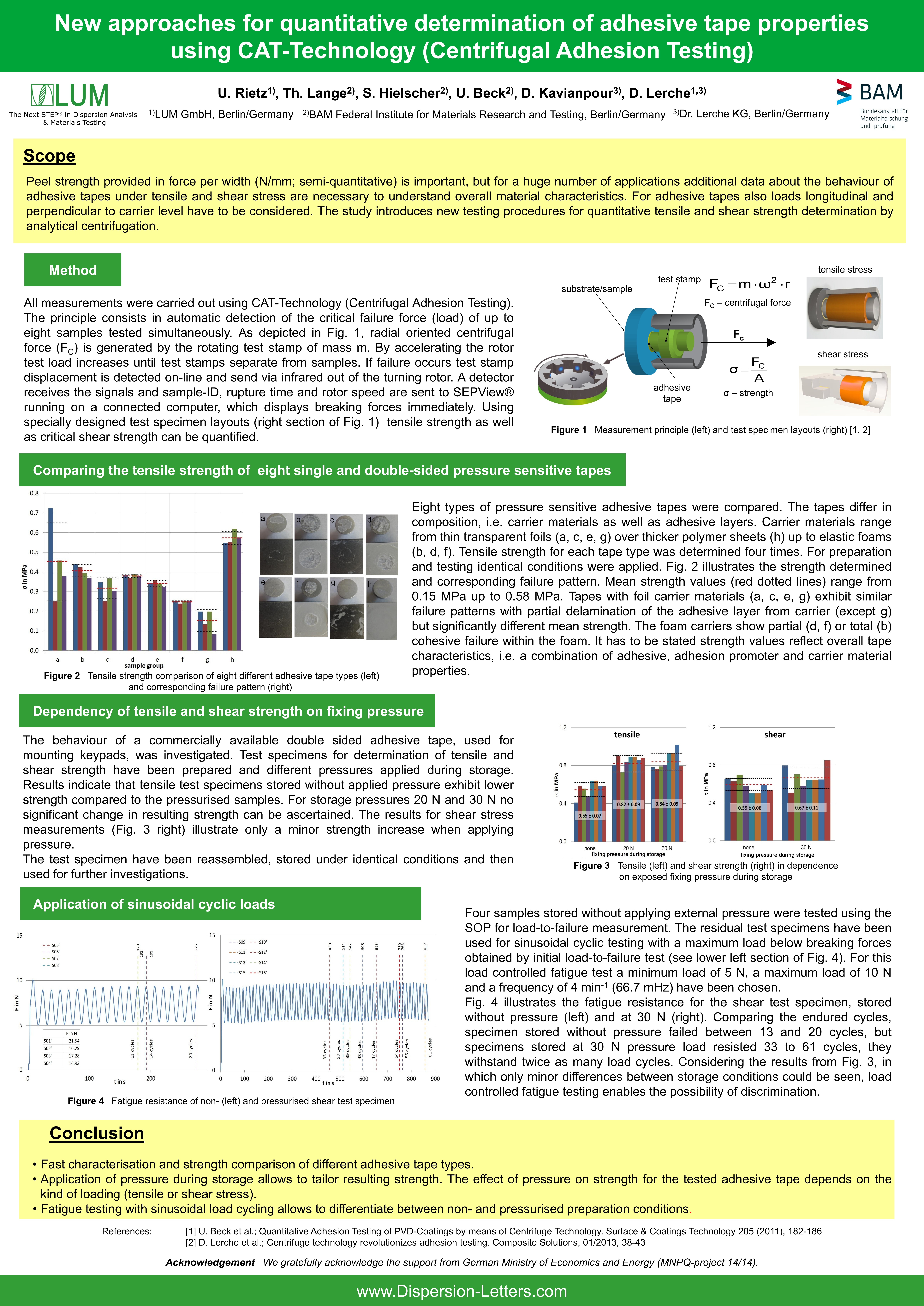
还剩1页未读,是否继续阅读?
罗姆(江苏)仪器有限公司为您提供《压敏胶粘中8种单面和双面压敏胶带检测方案(其它表面测试)》,该方案主要用于其他中8种单面和双面压敏胶带检测,参考标准--,《压敏胶粘中8种单面和双面压敏胶带检测方案(其它表面测试)》用到的仪器有罗姆胶粘及复合材料分析仪LUMiFrac
推荐专场
相关方案
更多
该厂商其他方案
更多

